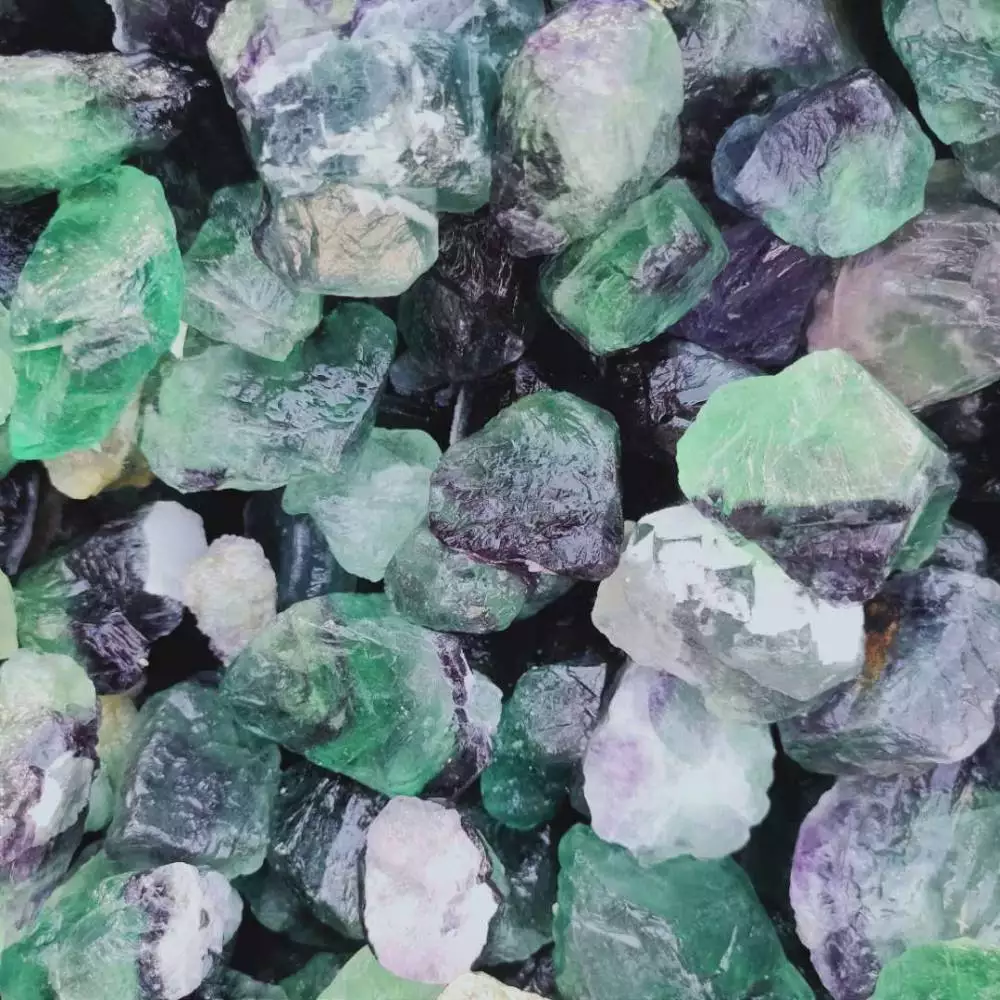
Exploring the Benefits of Perlite in Gardening and Its Role in Plant Growth and Soil Health
The Role of Perlite in Modern Gardening A Factory Perspective
Perlite, a white, lightweight volcanic glass, has gained significant traction in the gardening and horticultural industries due to its exceptional properties and versatility. With the rise of urban gardening, DIY landscaping, and commercial agriculture, the demand for perlite has surged. This article will explore the origins, manufacturing processes, and applications of perlite in gardening, highlighting its importance in both home gardening and agriculture.
Understanding Perlite
Perlite is produced by heating volcanic rock, which expands to many times its original size, resulting in a series of tiny bubbles or pores. This unique structure gives perlite its low density and excellent aeration properties. The naturally occurring siliceous rock is primarily composed of amorphous silica, making it chemically stable and lightweight. When ground into a fine granule, perlite becomes a potent amendment for potting mixes, seed starting, and hydroponics.
Manufacturing Process
The production of perlite typically occurs in specialized factories equipped with high-temperature furnaces. The process begins with the mining of perlite ore, which undergoes crushing and grinding to reach the desired particle size. Once milled, the material is subjected to high temperatures (around 1,600°F or 870°C) in a furnace. During this heating phase, the water trapped within the perlite expands, resulting in the lightweight grade of perlite used in gardening. After expansion, the perlite is cooled, screened, and packaged for distribution.
Benefits of Perlite in Gardening
perlite gardening factory

Perlite plays a pivotal role in enhancing soil structure and improving water retention and drainage. When mixed into potting soils, it promotes aeration, allowing roots to access critical oxygen while providing excellent drainage that prevents root rot—one of the most common issues in container gardening. Particularly in urban environments where soil can be compacted, perlite acts as a vital amendment, bringing lightness and structure to heavy soils.
Moreover, perlite is pH-neutral, making it suitable for a wide range of plants, from succulents to vegetables. It does not decompose, ensuring that it maintains its properties over time, unlike organic materials such as peat or bark, which can break down and alter the soil's structure and nutrient availability.
Sustainability and Environmental Impact
As more gardeners and farmers become aware of sustainability, perlite's role cannot be overlooked. Unlike peat, which involves damaging peat bog ecosystems, perlite is a renewable resource. Factories that produce perlite often emphasize environmentally-friendly practices and the importance of responsibly sourcing materials.
However, it is essential to acknowledge the energy costs associated with perlite production, particularly due to the high temperatures required during manufacturing. The industry is continuously seeking ways to minimize energy consumption and improve production efficiency, aligning with broader environmental goals.
Conclusion
In conclusion, perlite stands as a fundamental component in modern gardening, acclaimed for its lightweight, aeration, and water retention capabilities. Factories producing perlite play a crucial role in meeting the needs of both amateur gardeners and commercial growers. By facilitating improved soil health and fostering plant growth, perlite not only enhances gardening practices but also supports sustainable agriculture as a whole. Whether in backyard gardens or large-scale farming, the benefits of perlite are tangible and transformative, making it an essential ingredient in the pursuit of greener spaces.
Share
-
Premium Pigment Supplier Custom Solutions & Bulk OrdersNewsMay.30,2025
-
Top China Slag Fly Ash Manufacturer OEM Factory SolutionsNewsMay.30,2025
-
Natural Lava Rock & Pumice for Landscaping Durable Volcanic SolutionsNewsMay.30,2025
-
Custom Micro Silica Fume Powder Manufacturers High-Purity SolutionsNewsMay.29,2025
-
Custom Mica Powder Pigment Manufacturers Vibrant Colors & Bulk OrdersNewsMay.29,2025
-
Custom Micro Silica Fume Powder Manufacturers Premium QualityNewsMay.29,2025






